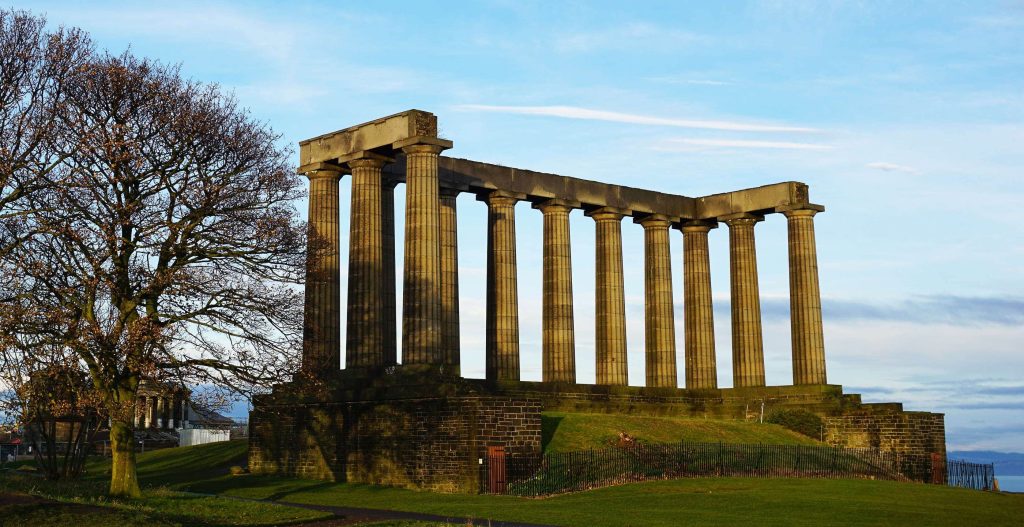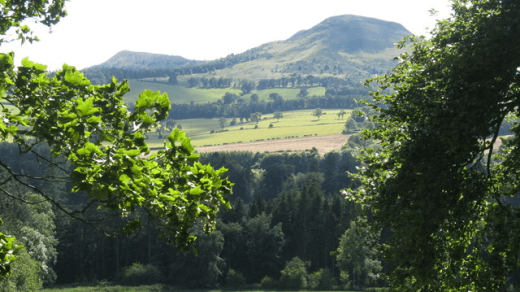The Romans began military expeditions into what is now Scotland from about 71 AD. In the summer of AD 78 Gnaeus Julius Agricola arrived in Britain to take up his appointment as the new governor and began a series of expeditions to Scotland. Two years later his legions constructed a substantial fort at Trimontium near Melrose. He is said to have pushed his armies to the estuary of the “River Taus” (usually assumed to be the River Tay) and established forts there, including a legionary fortress at Inchtuthil.
Agricola’s successors were unable or unwilling to further subdue the far north. The fortress at Inchtuthil was dismantled before its completion and the other fortifications of the Gask Ridge were abandoned within the space of a few years. By AD 87 the occupation was limited to the Southern Uplands and by the end of the first century the northern limit of Roman expansion was a line drawn between the Tyne and Solway Firth. Elginhaugh fort, in Midlothian, dates to about this period as may Castle Greg in West Lothian. The Romans eventually withdrew to a line in what is now northern England, building the fortification known as Hadrian’s Wall from coast to coast.
Around 141 A.D. the Romans undertook a reoccupation of southern Scotland, moving up to construct a new limes between the Firth of Forth and the Firth of Clyde. The Antonine Wall is the largest Roman construction inside Scotland. It is a sward-covered wall made of turf circa 7 metres (20 ft) high, with nineteen forts. It extended for 60 km (37 mi). Having taken twelve years to build, the wall was overrun and abandoned soon after AD 160 The Romans retreated to the line of Hadrian’s Wall, with occasional expeditions that involved the building and reoccupation of forts, until their departure in the fifth century.
Beyond the area of Roman occupation, wheelhouses, a round house with a characteristic outer wall within which a circle of stone piers (bearing a resemblance to the spokes of a wheel) were constructed, with over sixty sites identified in the west and north.

Over 400 souterrains, small underground constructions, have been discovered in Scotland, many of them in the south-east, and although few have been dated those that have suggest a construction date in the 2nd or 3rd centuries AD. They are usually found close to settlements (whose timber frames are much less well-preserved) and may have been for storing perishable agricultural products.After the departure of the Romans we have evidence of a series of forts, often smaller “nucleated” constructions compared with Iron Age constructions, sometimes utilising major geographical features, as at Dunadd and Dumbarton.



